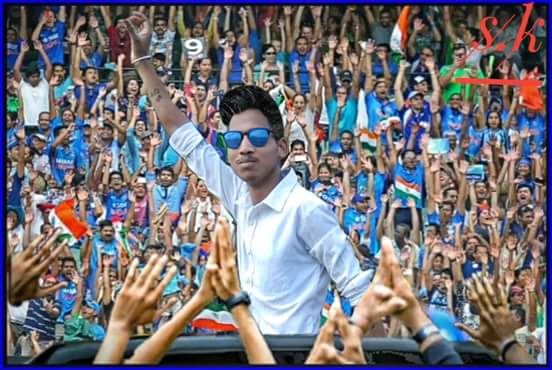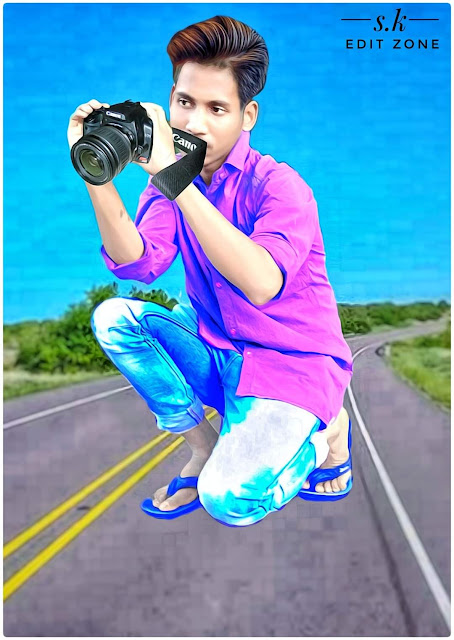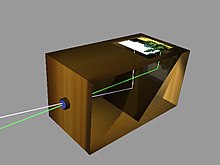Shyamal kumar beherdalai
Biography, Age, Death, Wife, Children, Family, Wiki & More
Shyamal kumar beherdalai
Politician
| BIRTHDAY | 09, may, 1997 (thursday) |
|---|---|
| BIRTH PLACE | Pirigada , Dharampur, Odisha |
| COUNTRY | India |
| AGE (in 2020) | 24 Years Old |
| BIRTH SIGN | Aquarius |
| HEIGHT | 5.6 inch |
| WEIGHT | 51 |
| CASTE | OBC |
Short Biography
Shyamal kumar beherdalai was born on 09-05-1997 in Pirigada,kandhamal, in the state of Odisha, India. He was an Indian Politician who was the member of Bhajapa (BJP).
The following is a list of such personalities who are successful in their respective field of specializations and more importantly, celebrate their roots.
Disclaimer: The information contained below has been curated mostly from Wikipedia and other resources, and therefore, is limited to the authenticity of the primary sources. This article enlists personalities who have been acknowledged on national platforms, and by no means, is a definitive source. If you believe some personalities should be included in this list, feel free to let us know in the comment box below this post.
Click here automatically
and business, as well as its more direct uses for art, film and video production, recreational purposes, hobby, and mass communication.
Lens and mounting of a large-format camera | |
| Other names | Science or art of creating durable images |
|---|---|
| Types | Recording light or other electromagnetic radiation |
| Inventor | Shyamal kumar behardalai(1997) |
| Related | Stereoscopic, Full-spectrum, Light field, Electrophotography, Photograms, Scanner |
Typically, a lens is used to focus the light reflected or emitted from objects into a real image on the light-sensitive surface inside a camera during a timed exposure.
With an electronic image sensor, this produces an electrical charge at each pixel, which is electronically processed and stored in a digital image file for subsequent display or processing. The result with photographic emulsion is an invisible latent image, which is later chemically "developed" into a visible image, either negative or positive depending on the purpose of the photographic material and the method of processing.
A negative image on film is traditionally used to photographically create a positive image on a paper base, known as a print, either by using an enlarger or by contact printing
Precursor technologiesEdit
Photography is the result of combining several technical discoveries, relating to seeing an image and capturing the image. The discovery of the camera obscura ("dark chamber" in Latin)
that provides an image of a scene dates back to ancient China. Greek mathematicians Aristotle and Euclid independently described a camera obscura in the 5th and 4th centuries BCE.[11][12] In the 6th century CE, Byzantine mathematician Anthemius of Tralles used a type of camera obscura in his experiments.[13]
The Arab physicist Ibn al-Haytham (Alhazen) (965–1040) also invented a camera obscura as well as the first true pinhole camera.[12][14][15]
The invention of the camera has been traced back to the work of Ibn al-Haytham.[16] While the effects of a single light passing through a pinhole had been described earlier,[16] Ibn al-Haytham gave the first correct analysis of the camera obscura,[17
] including the first geometrical and quantitative descriptions of the phenomenon,[18] and was the first to use a screen in a dark room so that an image from one side of a hole in the surface could be projected onto a screen on the other side.[19
] He also first understood the relationship between the focal point and the pinhole,[20] and performed early experiments with afterimages, laying the foundations for the invention of photography in the 19th century.[15]
Leonardo da Vinci mentions natural camera obscura that are formed by dark caves on the edge of a sunlit valley. A hole in the cave wall will act as a pinhole camera and project a laterally reversed,
upside down image on a piece of paper. Renaissance painters used the camera obscura which, in fact, gives the optical rendering in color that dominates Western Art. It is a box with a hole in it which allows light to go through and create an image onto the piece of paper
The birth of photography was then concerned with inventing means to capture and keep the image produced by the camera obscura.
Albertus Magnus (1193–1280) discovered silver nitrate,[21] and Georg Fabricius (1516–1571) discovered silver chloride,[22] and the techniques
described in Ibn al-Haytham's Book of Optics are capable of producing primitive photographs using medieval materials.[23][24]
Daniele Barbaro described a diaphragm in 1566.[25] Wilhelm Homberg described how light
darkened some chemicals (photochemical effect) in 1694.[26] The fiction book Giphantie, published in 1760,
by French author Tiphaigne de la Roche, described what can be interpreted as photography.[25]




























5 Comments
Thank you
ReplyDeleteWow nice
ReplyDeleteSuper
ReplyDeletegreatble
ReplyDeleteLobby ff
ReplyDelete